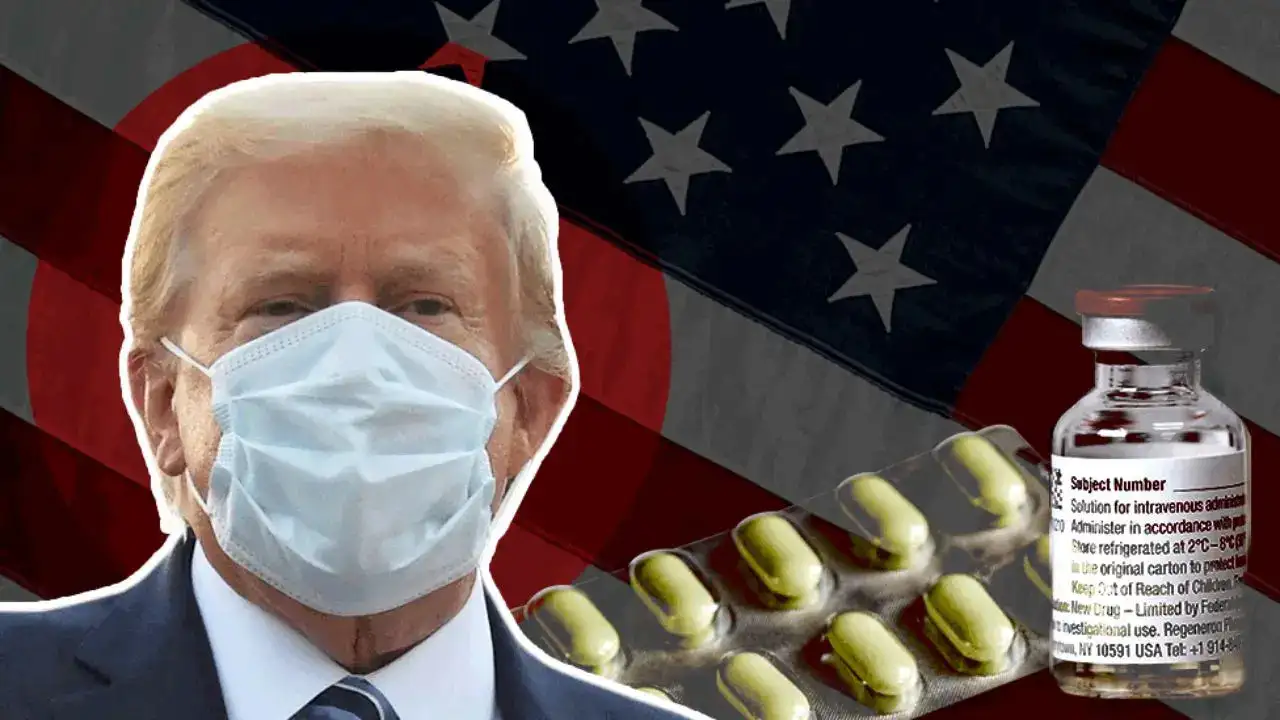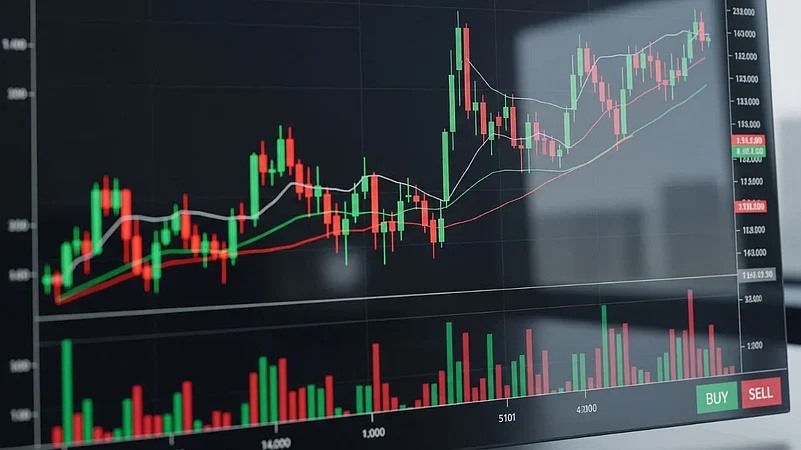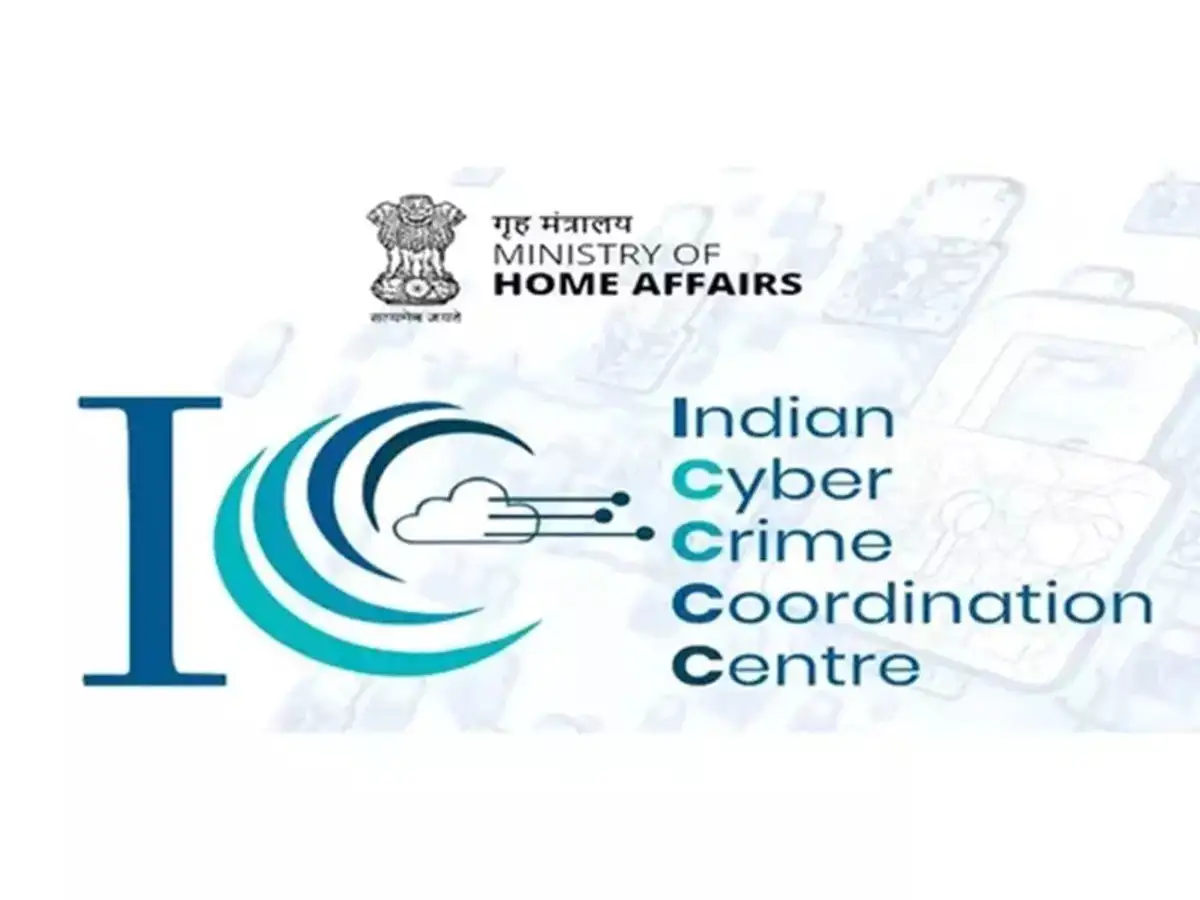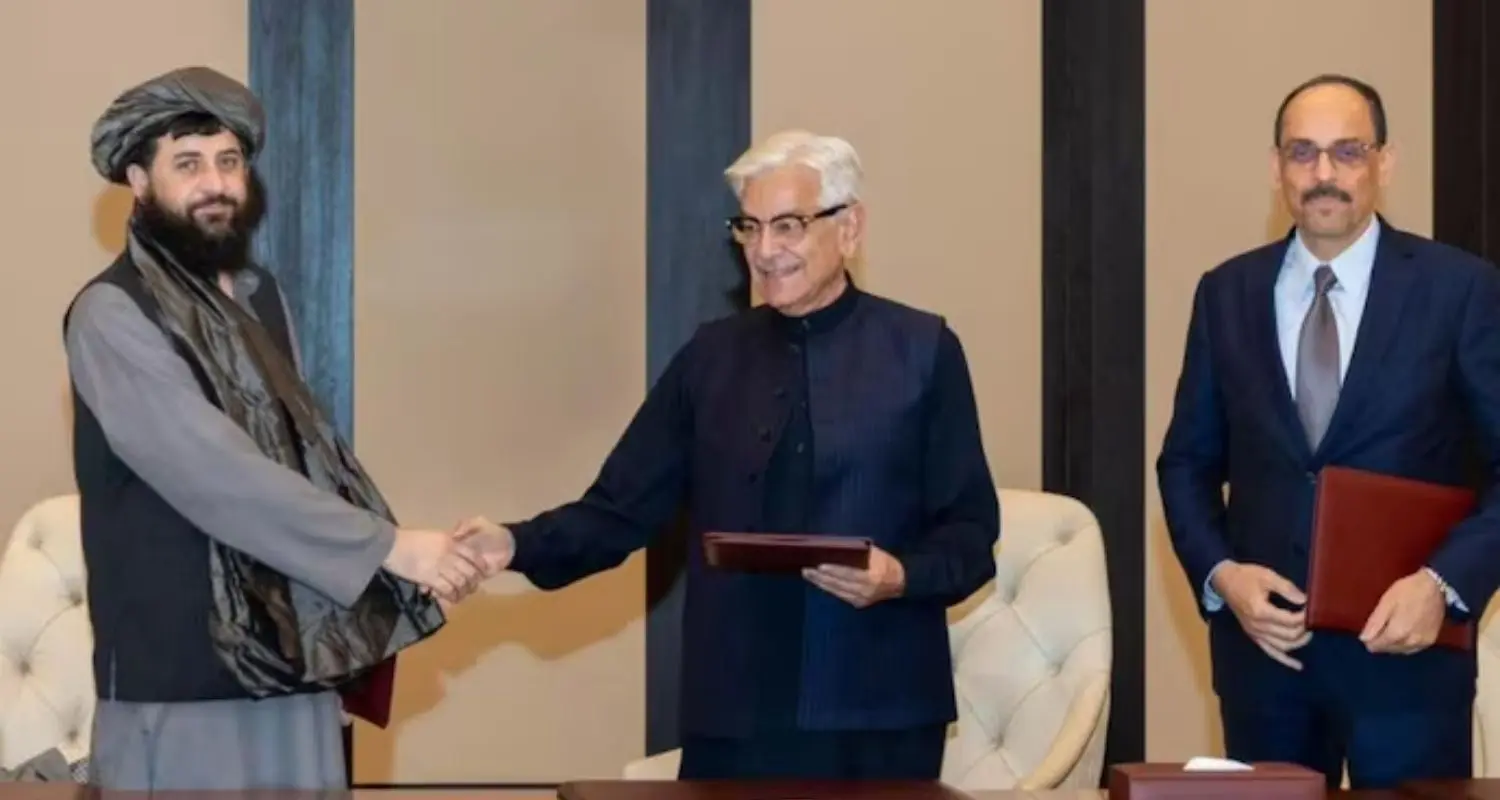Trump’s 100% Tariff on Patented Drugs: A New Blow to India’s Pharma Ambitions
- byAman Prajapat
- 26 September, 2025

The world of trade is seldom gentle, and sometimes it takes a sharp turn. What Trump has done here is that — he’s thrown a new gauntlet at global pharma trade. Starting October 1, 2025, he promises to slap 100 percent tariffs on branded or patented pharmaceutical products entering the U.S., unless the producer is “breaking ground” on a U.S. manufacturing plant (or already has one under construction).
Let’s walk through how this move may shape things for India — the tough, the tricky, and the maybe.
The Policy Mechanics: What’s Covered, What’s Exempted
Branded & patented vs generics
The tariff targets branded or patented drugs. It seems generics (the backbone of India’s pharma exports) are meant to be exempt, at least in the official announcements so far.
But the ambiguity looms: what about complex generics, biosimilars, or formulations that blur lines between generic and brand? Those could become battlegrounds.
Exemption clause
There is a carve-out: if a company is building a U.S. pharma plant (or has broken ground), the tariff may not apply. Trump’s social media post said that “IS BUILDING” would mean “breaking ground” or “under construction.”
This is a strategic twist: companies can potentially avoid the tariff by committing to U.S. manufacturing. But the cost, timeline, regulatory approvals, and feasibility of shifting or adding facilities in the U.S. are nontrivial.
Other tariffs in the mix
This tariff action is part of a broader sweep: 50% on kitchen cabinets, 30% on upholstered furniture, 25% on heavy trucks, etc.
The use of Section 232 investigations (which allow tariffs on “national security” grounds) is being extended to sectors like pharma, semiconductors, etc.
Legal and trade constraints
Trump’s earlier use of sweeping tariffs had faced legal challenges (especially under IEEPA). Now, the administration is shifting toward more defensible grounds via Section 232.
But the line between “national security” and protectionism is blurry, and other nations (including India) may challenge this in WTO or trade fora.
India’s Pharma Landscape: Why This Matters
India is often called “the pharmacy of the world” — a title earned through dominance in generic drugs. But that dominance also comes with ambitions: to climb up the value chain into novel drugs, biosimilars, complex generics, patented molecules. This tariff shift is a direct counterpunch to that strategy.
Export exposure & revenue at stake
The U.S. is a major destination for Indian pharmaceutical exports. In fiscal 2025, India exported about US $10.5 billion worth of drugs to the U.S.
But much of that is generics or off-patent drugs, which may escape the tariff.
The risk lies in specialty drugs, branded formulations, biosimilars, and R&D-intensive products that Indian firms are increasingly venturing into.
Stock market reaction
As soon as the tariff announcement landed, Indian pharma stocks slid — the index dropped ~2.6%.
Majors like Sun Pharma, Dr. Reddy’s, Cipla faced declines.
The volatility reflects investor concern about potential earnings erosion, especially for the segments exposed to U.S. patented drug markets.
Currency pressure & macro ripple
The rupee has come under renewed stress. The tariff news added to pressure on capital flows, and analysts suggest possible fresh depreciation.
A weaker rupee makes imports costlier, raises input costs for firms, and may affect India’s external balance.
Policy & scheme alignment in India
India’s Production-Linked Incentive (PLI) scheme for pharmaceuticals includes high-value and complex generics, biopharmaceuticals, orphan drugs, etc. Some of these might overlap with the U.S. tariff target zone.
If Indian firms investing under PLI were counting on access to U.S. markets for novel drugs, this throws a big curveball.
Strategic repositioning & risk mitigation
Companies now may accelerate plans to build or expand U.S.-based manufacturing to escape tariffs. But setting up in the U.S. involves regulatory compliance (FDA, IP protection, local costs) and multi-year timelines.
Some big Indian players already have U.S. facilities (or joint ventures) — those may offer partial immunity.
India might seek diplomatic or trade interventions — e.g. contesting the tariff in WTO, negotiating bilateral concessions, or pressing for exemptions.

The Wild Cards & Uncertainties
Definition & scope
How exactly “patented” or “branded” will be defined is crucial. If the definition is wide, many Indian products (even generics with branding) could get caught.
Will complex generics, biosimilars, combination drugs be included later? The ambiguity is real.
Timing & implementation gaps
The tariff begins October 1, but many details (tariff notifications, enforcement rules, classification) are still pending. That lag can offer space to negotiate or adapt.
If companies can show commitments to U.S. manufacturing quickly, they may win exemptions. But in many cases, physical plant construction, land acquisition, regulatory approvals, validation — that’s slow.
Retaliation or trade war escalation
India may respond with countermeasures — tariffs, trade restrictions, legal challenges. This could spiral into a broader U.S.–India trade conflict.
The use of Section 232 (national security) to justify such sweeping tariffs has been challenged before; other countries may push back in WTO or courts.
Impact on global supply chains & medium-term shifts
Global pharma supply chains might shift — more companies may relocate manufacturing closer to the U.S., reducing dependency on Indian/Asian supply hubs.
But capital and regulatory constraints, labor costs, and the time to scale will slow that.
Bottom Line: How Hard Will India Be Hit?
The blow may sting, but it’s not yet mortal — at least not for the generics core.
Because most Indian exports are generics, the initial damage may be limited.
The pain will lie in the higher-margin, branded, patented/novel segments where Indian firms aspire to grow. Their expected future trajectory is disrupted.
For those companies heavily exposed to U.S. branded drug markets (Sun Pharma’s specialty portfolio, Dr. Reddy’s U.S. income streams) losses are possible.
If India or firms fail to respond cleverly (by securing U.S. manufacturing, legal pushback, diplomatic pressure), the downside could become deeper over time.
But India also has strengths: scale, experience, cost advantage, and adaptability. With swift strategic shifts, damage control is possible.
Note: Content and images are for informational use only. For any concerns, contact us at info@rajasthaninews.com.
जयपुर मे सोने और चां...
Related Post
Hot Categories
Recent News
Daily Newsletter
Get all the top stories from Blogs to keep track.





_1760523955.png)





